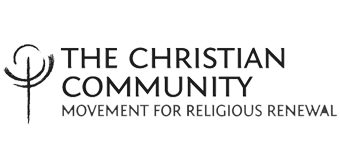The “Cosmic Our Father” and the Lord’s Prayer
On September 20, 1913, on the occasion of the laying of the foundation stone for the first Goetheanum, Rudolf Steiner spoke of a fifth gospel, and gave “as a first revelation of the fifth gospel . . . the primeval macrocosmic world-prayer which is connected with the Moon and Jupiter, even as the four gospels are connected with the Earth.” The prayer sounds thus:
AUM, amen!
The evils prevail,
Witness of unleashing of egohood,
Incurred through others, selfhood-guilt,
Experience it in daily bread
In which heaven’s will does not prevail
Since man departed from your kingdom
And forgot your names, You fathers in the heavens.
In lectures later that year Rudolf Steiner spoke further about this prayer. On October 5 and 6 in Oslo he told how these words were experienced by Jesus of Nazareth in an event some years before the baptism, spoken by a voice out of the spiritual world. Steiner told further how then later the Christ Jesus transformed these words into what we know as the Lord’s Prayer.
In what way can we imagine the words of this “macrocosmic Our Father” as a prayer? By far the greatest number of prayers to be found in the Bible are in the psalms of David. There are prayers of supplication, prayers of thanks, and also prayers of praise. Something of each of these is contained in the Cosmic Our Father, but in mirror form. The words do imply a supplication that is not fully expressed. Rather than thanks, we can hear the statement of a condition where all hope is lost. And praise is replaced by a sense of loss.
Whose voice can we imagine speaking the words? The situation that called them forth was described by Rudolf Steiner as arising from Jesus’s experience of compassion for the God-forsaken people in the neighborhood of Judea. He characterized the voice as “the transformed voice of the Bath-Kol”, that voice which was the last remnant of what had been the spiritual inspiration of the Hebrew prophets. But what we can understand further of the nature of the voice derives from the words themselves.
